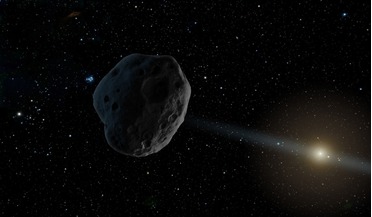 30 December 2016
NEOWISE spots two new objects heading our way
30 December 2016
NEOWISE spots two new objects heading our way
... asteroids and comets is a blurry one; perhaps over time this object has lost the majority of the volatiles that linger on or just under its surface." Despite its mysterious ancestry, the trajectory of 2016 WF9 is well...
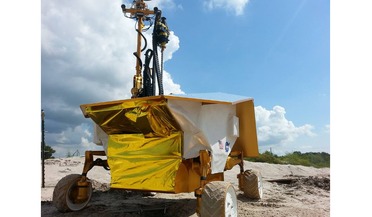 30 April 2018
NASA cancels its lunar Resource Prospector mission
30 April 2018
NASA cancels its lunar Resource Prospector mission
... U.S Presidents determined plans to put U.S astronauts back on the Moon, as the rover’s main purpose was to search for volatiles such as hydrogen, oxygen and water - elements that would be essential for any explorers hoping to stay long...
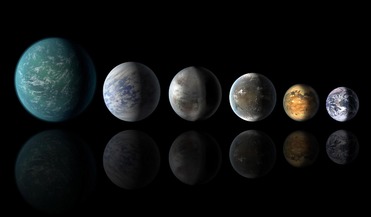 20 August 2018
Galaxy should be teeming with water-worlds say researchers
20 August 2018
Galaxy should be teeming with water-worlds say researchers
...-Earth type planets made up of material similar to our own world, while the other group would be classified as volatile-rich worlds; or to use their more common name, water-worlds. The team suggests that over a quarter...
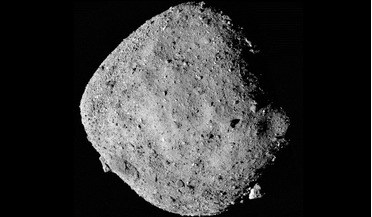 12 December 2018
OSIRIS-REx discovers ingredients for water on Bennu
12 December 2018
OSIRIS-REx discovers ingredients for water on Bennu
... formation of the solar system, is an excellent specimen for the OSIRIS-REx mission to study the composition of primitive volatiles and organics,” said Amy Simon, OVIRS deputy instrument scientist at NASA’s Goddard Space Flight Center in Greenbelt...
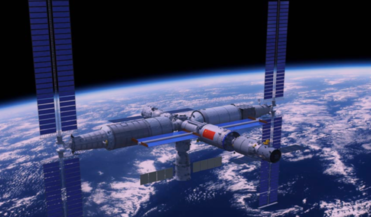 14 June 2019
First experiments on Chinese Space Station announced
14 June 2019
First experiments on Chinese Space Station announced
... around $74 million, the project cost a fraction of the $671 million NASA spent on its Mars Atmosphere and Volatile EvolutioN (MAVEN) spacecraft, which launched in 2013. Prior to the deployment of a space station however, the country needs...
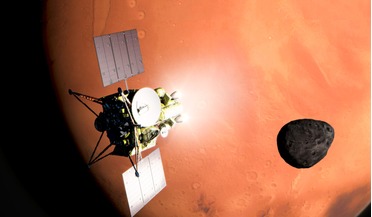 21 February 2020
MMX mission gets green light to land on Phobos
21 February 2020
MMX mission gets green light to land on Phobos
... surface. The inner rocky planets are thought to orbit too close to the Sun to have retained many volatiles during formation. Water for example is suspected to exist in large quantities hidden out of sight underground on Mars. But...